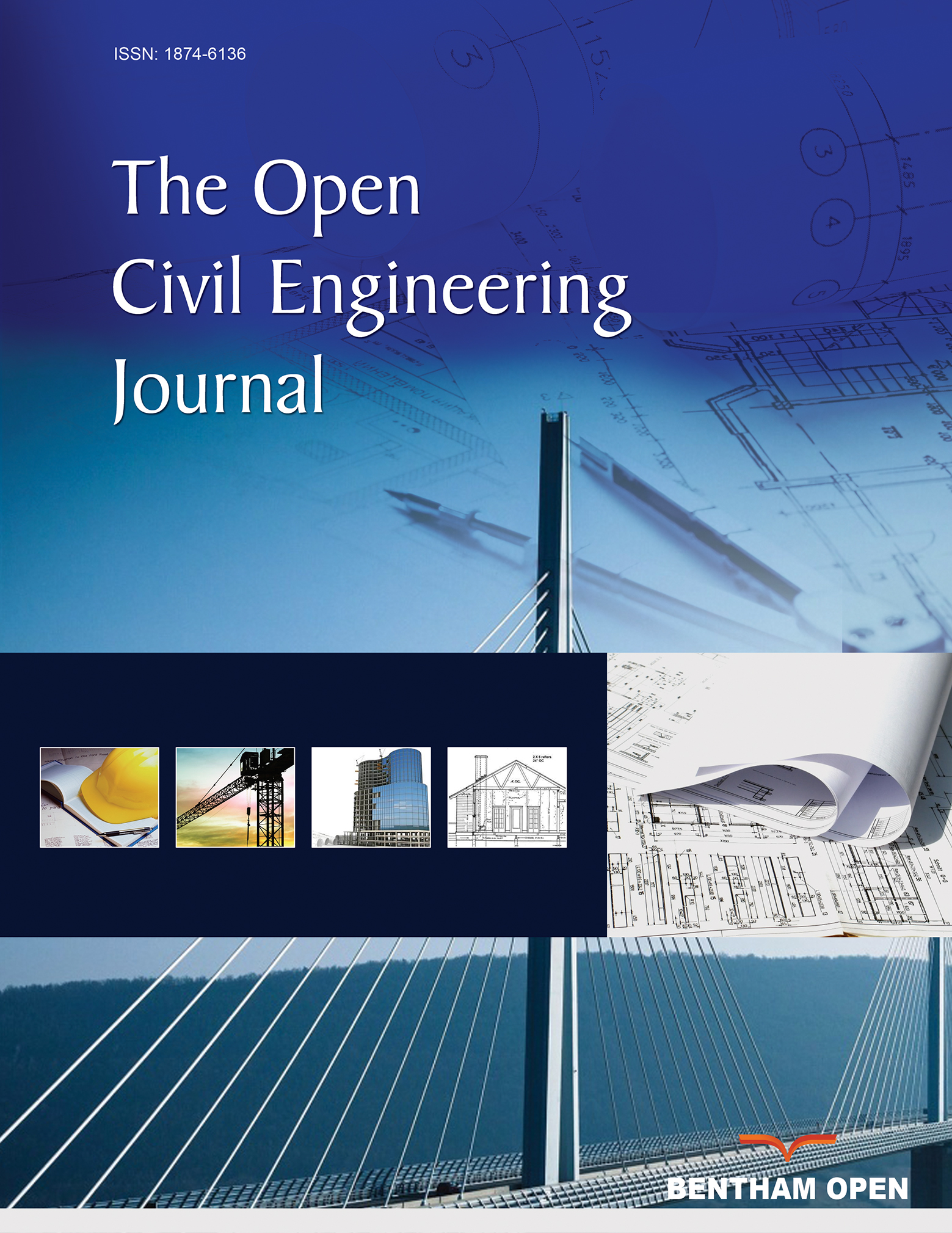All published articles of this journal are available on ScienceDirect.
Mechanical Properties of Stone Mastic Asphalt Incorporating Glass Fiber
Abstract
Aims:
To study the mechanical properties of stone mastic asphalt incorporating glass fiber.
Background:
Asphalt may become cracked, degraded, or otherwise flawed because of the combination of SMA surfaces and general degradation. SMA, when combined with glass fibre, has the potential to bring about advancements in the road industry.
Objective:
The use of glass fibres to enhance the mechanical characteristics of Stone Mastic Asphalt.
Methods:
Marshall stability test, Resilient modulus test, Dynamic creep test, and Abrasion test.
Results:
The presence of fibre may increase the performance of the apparent Stone Mastic Asphalt, and a composition including 3 percent glass fibre results in improved stability and stiffness.
Conclusion:
A quantity of glass fibre equal to three percent is the optimal proportion to be used in the process of increasing the mechanical characteristics of SMA. The performance of glass fibres with a lower volume per unit is better than those with the largest volume per unit.


